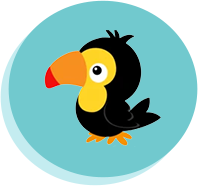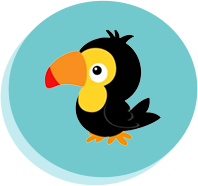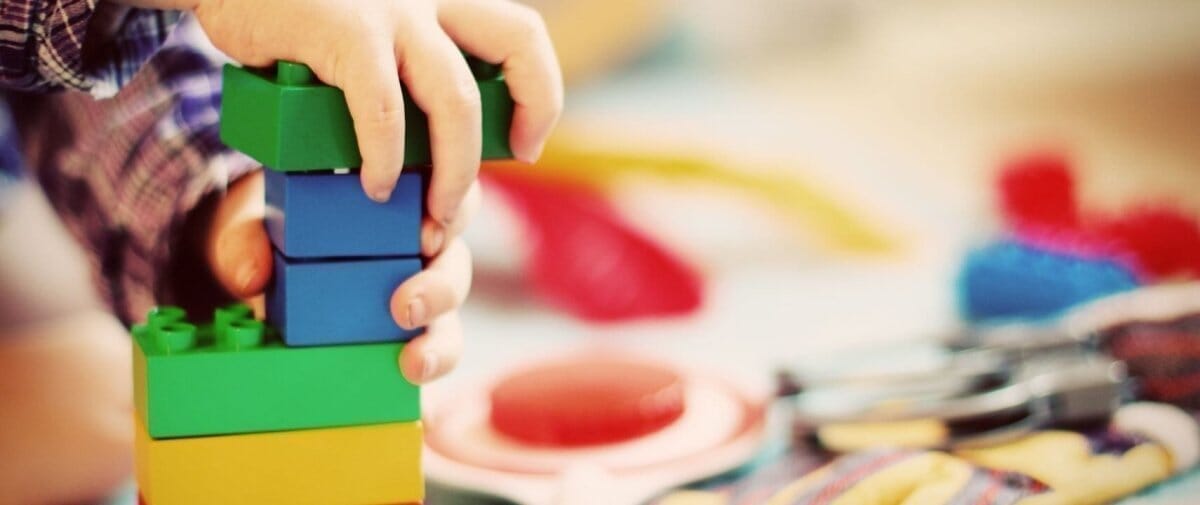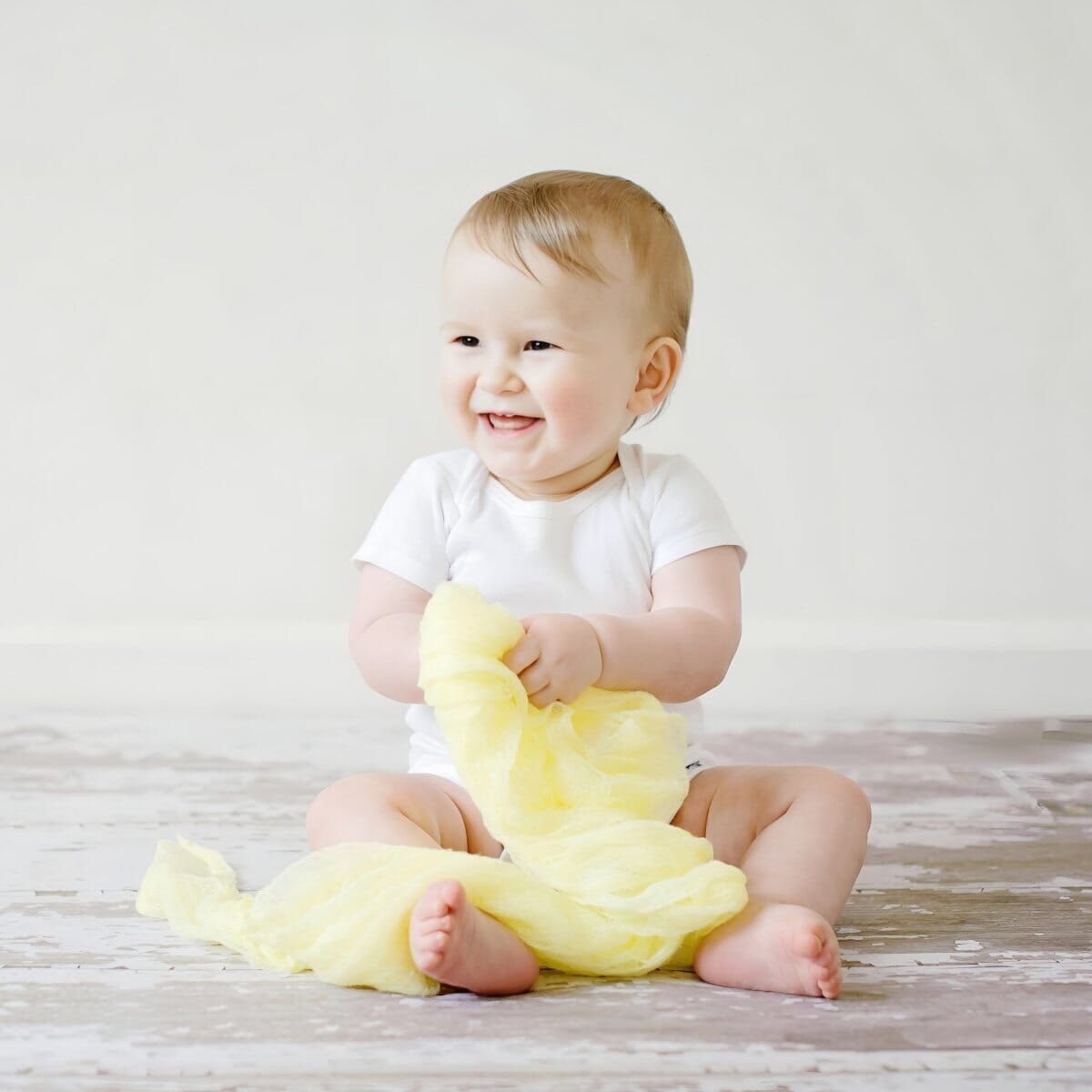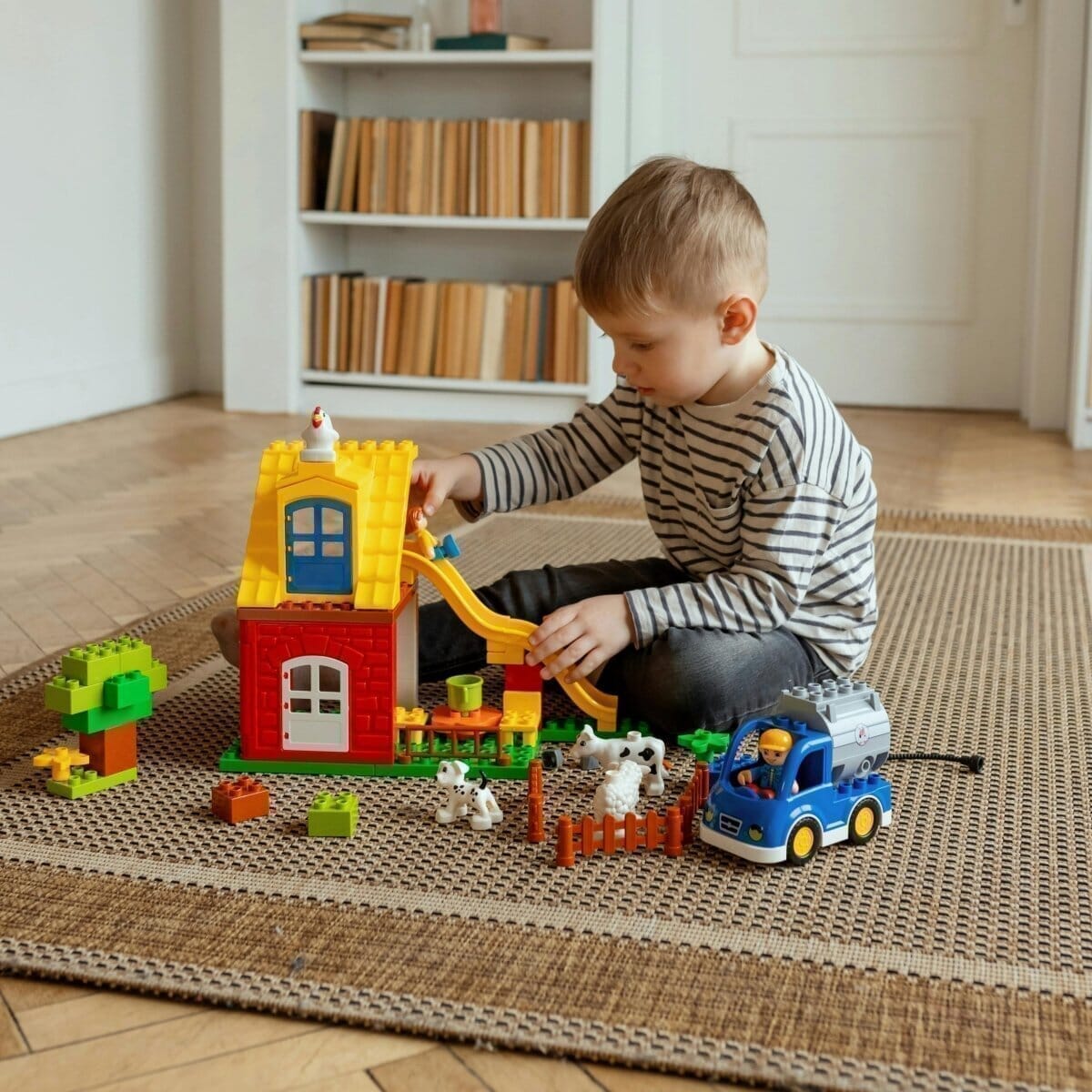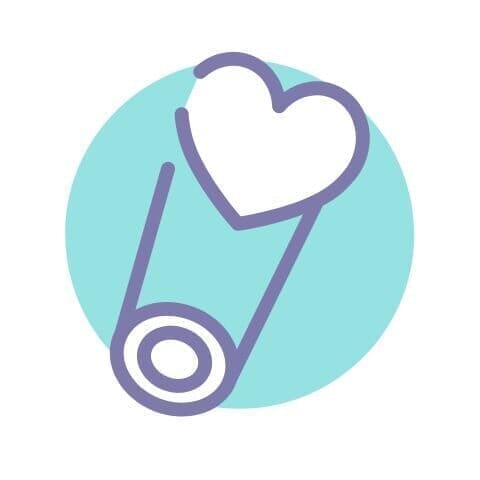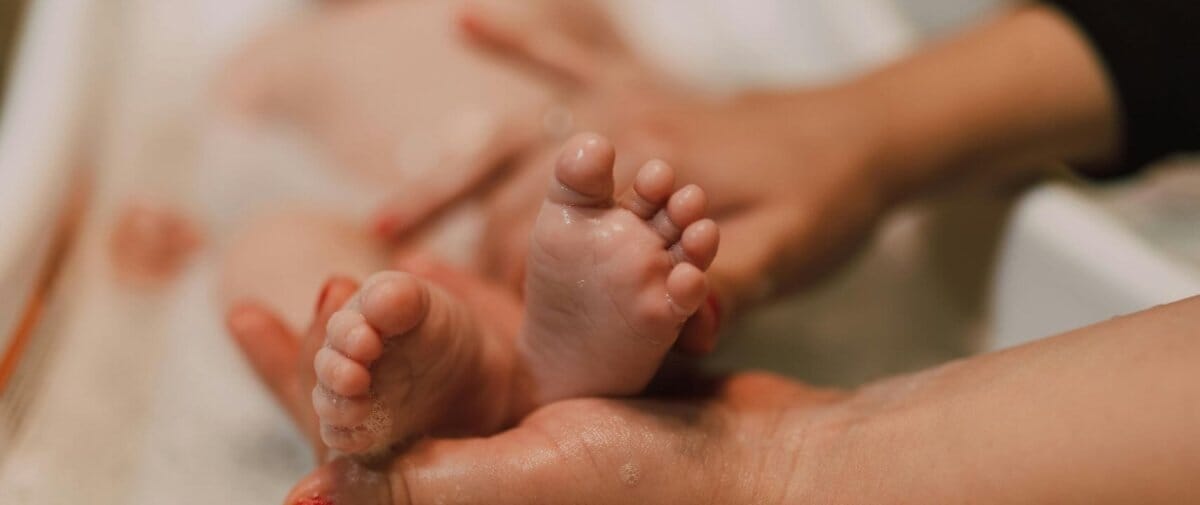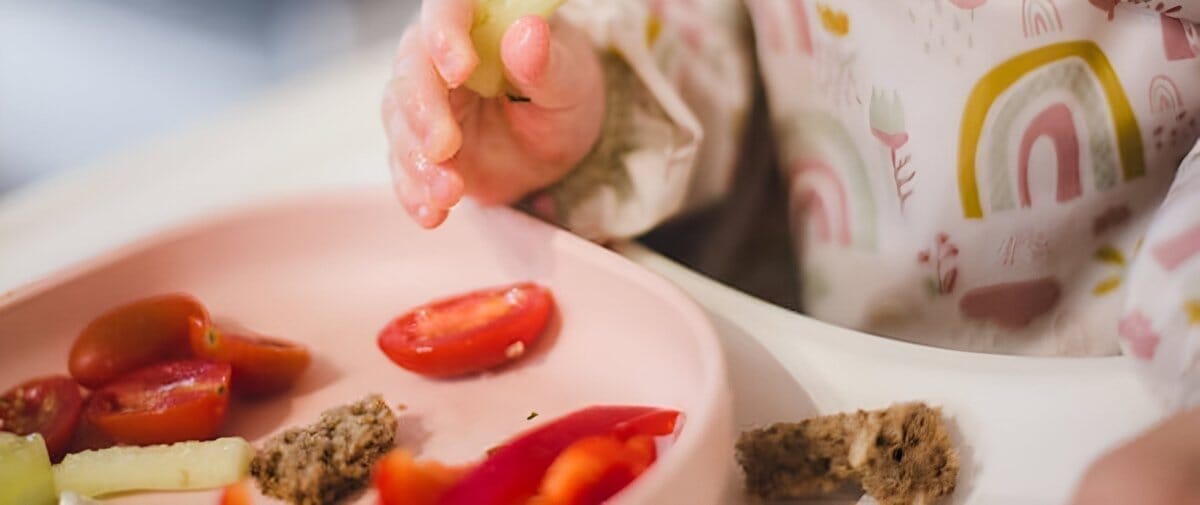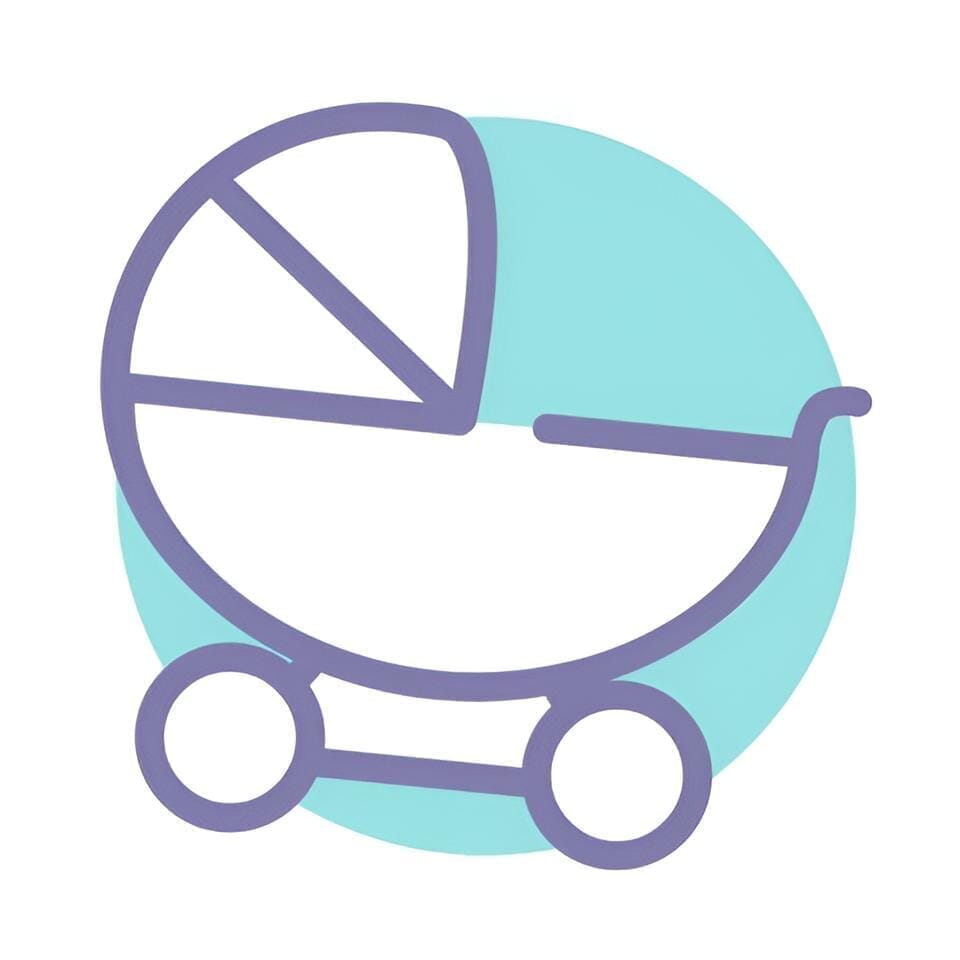
Discover free movement

What is free movement?
The concept of free movement emerged in the 1960s and was initiated by Hungarian pediatrician Emmi Pikler . It focuses on developing a child's physical abilities by giving them the freedom to move and explore their environment independently . This approach is based on the idea that children learn best through independent play and exploration, rather than by following strict instructions.

Free movement in a few words
Free movement is an effective way to help children develop their coordination, strength, flexibility and endurance. Children are encouraged to move as they wish , without restrictions or limitations. They can climb, run, jump, roll, climb, etc. This allows them to discover their abilities and develop them in a natural way .

The benefits of free movement
It encourages children to be active and move constantly, rather than sitting at a table or in front of a screen.
Prevent health problems
From a medical perspective, it can help prevent obesity and other health problems related to a sedentary lifestyle or reduce the risk of plagiocephaly . Babies naturally build their neck muscles through free movement and thus learn to change positions.
Builds children's self-confidence
They can discover new skills and practice them without the pressure to succeed.

Develops their creativity and imagination
In addition to promoting children's physical development, free movement can also help them invent new games and activities to develop their critical thinking and problem solving skills.
Please note: This method will not allow your child to develop faster, it may even take a little longer. On the other hand, free movement respects the child's muscular and psychological development.
How to apply free movement?
Start by creating a safe and large enough play area in which your baby can develop at his own pace and in his own way .
Place toys of different sizes and textures next to your child. By trying to catch them, baby will discover his hands and then be able to catch these objects by himself.
It is not necessary to fill your play mat for your baby to develop. Choose objects that belong to the same theme (such as musical instruments, colored cubes, for example) so as not to scatter your little one too much.

It is obvious that even if the goal of this method is to leave the child independent, the parents must always be present to accompany him indirectly and encourage him in his discoveries .
As a parent, we must provide a framework for the child and remain vigilant about his feelings and emotions . We must intervene if the baby feels tired, bored or if he seems to be losing patience. At this time, it is important not to get upset and always be encouraging .
When you are at home, leave your baby barefoot as much as possible so that he can feel the sensations and discover his balance.
Free movement in everyday life
Let your child practice putting on his shoes by himself, eat his food (yes, there will be some everywhere, let's not hide it), let him play with the objects around him, etc. In short, get into the habit of letting him do things by himself.
Little things to avoid
Do not place your baby in a position that he cannot control. If your baby cannot sit up on his own yet, it is simply because his body is not ready yet. Putting him in a sitting position when he cannot sit up on his own will cause him to become blocked. He will become rigid in order to hold his back.

Prefer to let your baby move freely rather than using a baby wedge.
Avoid the walker which, contrary to what one might believe, hinders the proper development of learning to walk (learn more) The child must learn to play with his supports and his balance, then his muscles will coordinate naturally. The walker will deprive him of this constructive experience for his motor skills and can cause deformations at the level of the hips, legs or feet.

What are the goals of free movement?
Free motor skills place the child as the main actor in the development of his motor skills. He acquires his new everyday gestures by himself. Thanks to free motor skills , the child gains confidence by discovering the limits of his body, what he can do or not do. He thus progresses at his own pace and without frustration.

The benefits of free movement in the long term?
Throughout their development, babies who have practiced free movement will have acquired a certain confidence and assurance that will serve them beyond the baby stage. They will be less apprehensive about separating from their parents and becoming independent. A certain sense of accomplishment will develop in them as they understand their abilities.
In conclusion
Free motor skills are an innovative approach to developing motor skills in children.
It encourages children to be active, explore their environment and develop their physical abilities in a natural way . It can also help them develop their creativity , imagination and critical thinking , in addition to building their self-confidence . If you want to encourage your child's development, consider the free motor approach.
Share
